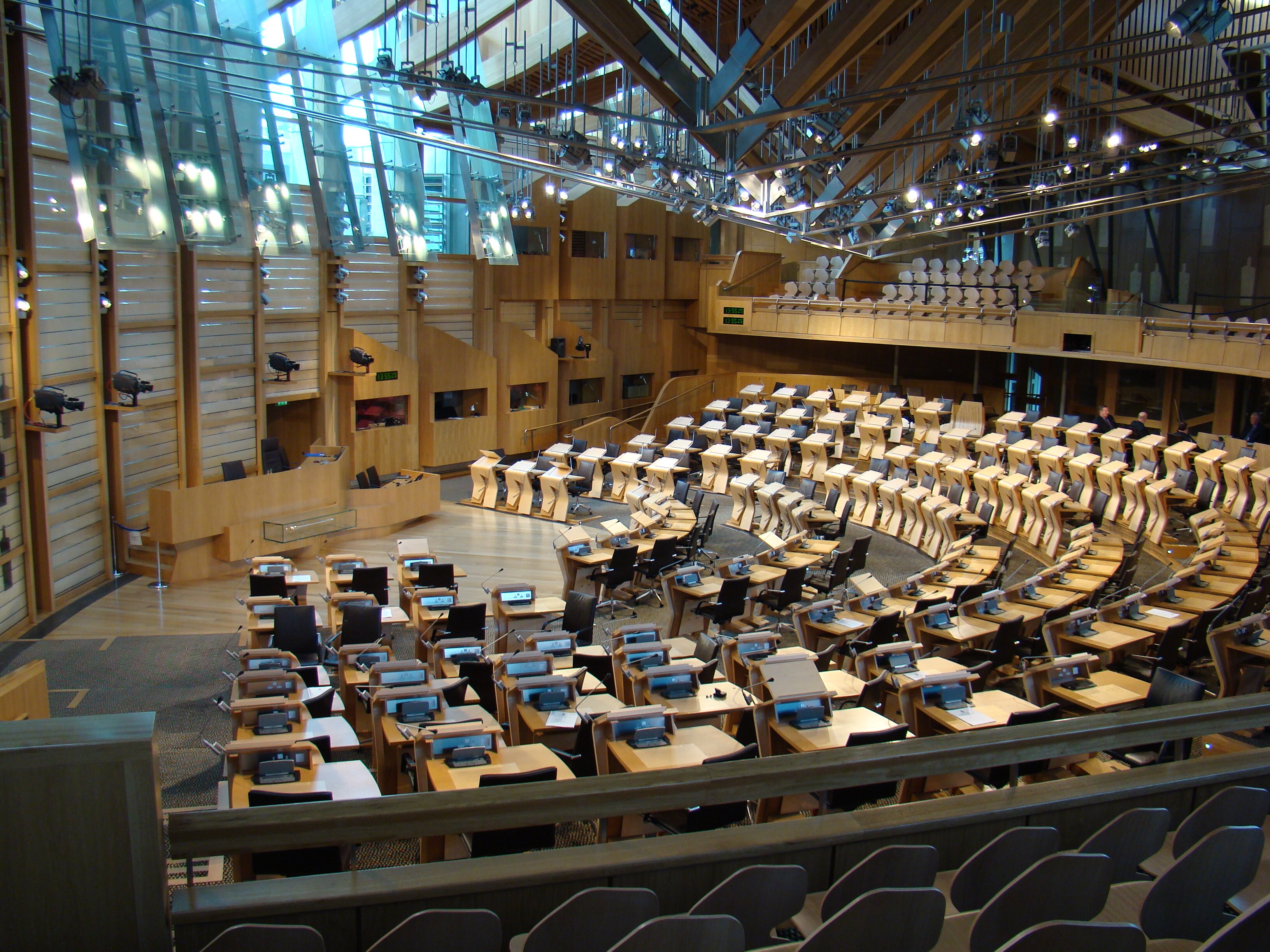The Crick Centre has launched a major research and public engagement project exploring the planned restoration and renewal of the Palace of Westminster: Designing for Democracy. In the latest in our Designing for Democracy blog series Jennifer Thomson considers how a restored and renewed Palace of Westminster could help address historical underrepresentation of women in Parliament.
With a new female Prime Minister, female First Ministers in Scotland and Northern Ireland, and a potential female Leader of the Opposition waiting in the wings, you might be forgiven for thinking that the problem of women’s representation in British politics had been solved.
You’d be wrong – women’s representation in Westminster hit a high in the 2015 General Election of 29%, but this only ranks the UK 48th in the world. In 356 constituencies, a woman has never been elected. Despite rumours of a feminised front bench in Theresa May’s new cabinet, only 7 out of 22 positions have gone to women.

The Rt Hon Theresa May. Image courtesy of the Home Office via Wikimedia Commons
The Palace of Westminster, as we know, is falling down. As we move in the coming decades towards fundamental changes in the architecture and everyday layout of the Houses of Parliament, this dearth of women in formal politics is important to consider. There is much evidence to suggest that the design and procedural style of the national Parliament play a key role in British politics being so male dominated. Feminist academic work can help to understand the problems that women in formal politics face, and how a national parliament might be designed differently to better accommodate them.
The developing field of feminist institutional theory argues that the moment of creating new institutions often allows for greater consideration of women and gender. It can allow for the chance to add key mechanisms within institutions so as to combat gender inequality from the outset. Thinking about Westminster specifically, the style of national British politics has long been decried as bullishly masculine, with the combative style of PMQs and the cross-chamber put-downs (of which Cameron’s “Calm down, dear” remains perhaps the most (in)famous) especially so. By contrast, the Chamber of the Scottish Parliament was pointedly designed in the round, so as to encourage a less aggressive style of debate. Feminist institutional work on the newly devolved bodies in Scotland and Wales suggests bodies that are less overtly dominated by the style of masculine debate as seen in Westminster. Writing of the Scottish Parliament in 2006, Fiona Mackay notes an “apparent ‘regendering’ of political norms” and “a culture of civility and mutual respect and has largely avoided the ‘yah boo’ adversarial practices of Westminster”. The conscious effort to think about gender in the design of the newly devolved institutions appears to be bearing fruit – with the exception of Northern Ireland, women’s representation has been far higher in Cardiff and Edinburgh (at one point reaching 50% of Welsh AMs) than London.

The Scottish Parliament chamber. Image via Anita Gould via Flickr
Beyond the style of rhetoric in Parliament, multiple other features of the institution make working life as an MP difficult, not just for women, but for anyone with caring responsibilities outside of their professional existence. Voting practices rely on the understanding that MPs are available at the drop of a hat and can work late into the evening for most of the year. As the BBC documentary series Inside the Commons showed when it followed Liberal Democrat MP Jenny Willot, this type of working practice is especially difficult for MPs with young children and might be easily rectified with the introduction of electronic voting in the new design. No wonder, perhaps, that the number of mothers in the House of Commons is significantly below the national average.
As the movement towards whatever replaces or updates the Palace of Westminster begins, this is a key moment to consider how the design and practices of our Parliament might be made friendlier, not just to women, but to those more generally who are currently under-represented. As long as the above practices and style of working remain, Parliament looks set to retain its white, male, middle-aged unrepresentative make-up (with any deviations from this norm likely to be the continued subject of disparaging comments and media sexism). Although outside of the physical design of the new parliament, the process of beginning to consider new architecture also opens an opportunity to address other ways of tackling this underrepresentation (such as job-sharing for MPs or quotas).
Now is also the time for key women’s lobbying groups (such as the Fawcett Society and 50:50 Parliament) to come together to advocate for greater attentiveness to women and gender in the consideration of how to update/change the Palace of Westminster – much as women’s groups in Scotland did prior to devolution, to considerable success. Thinking anew about our House of Parliament provides an important chance to ask fundamental questions about how representative our democracy really is, and how we might do better.
Biography

Notes
- This article gives the views of the author, and not the position of the Crick Centre; the Designing for Democracy project; or the Understanding Politics blog series.
- To write for the Understanding Politics blog, email us at [email protected]



